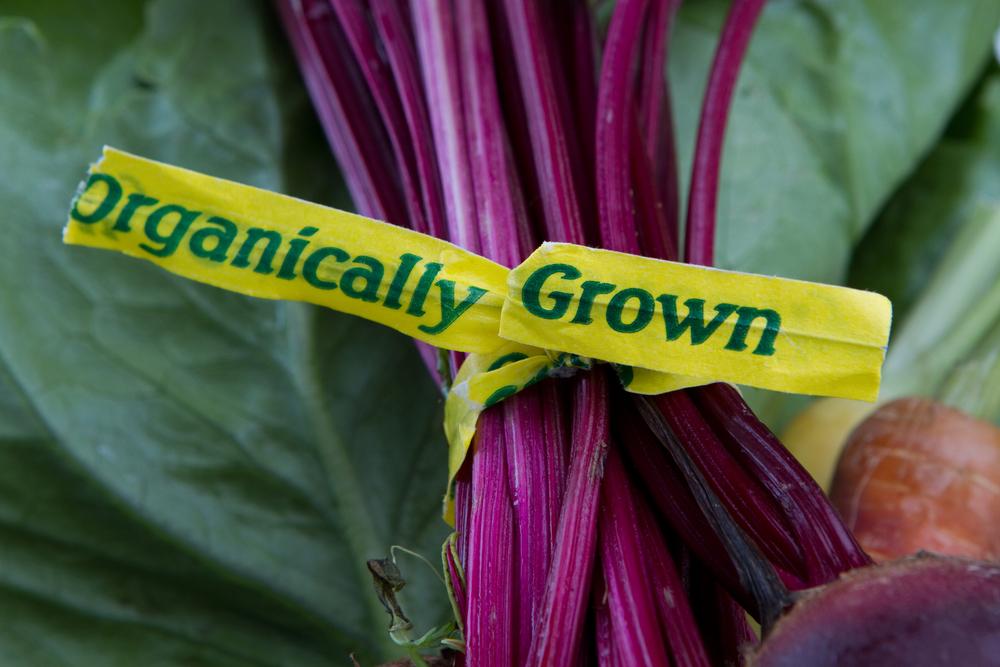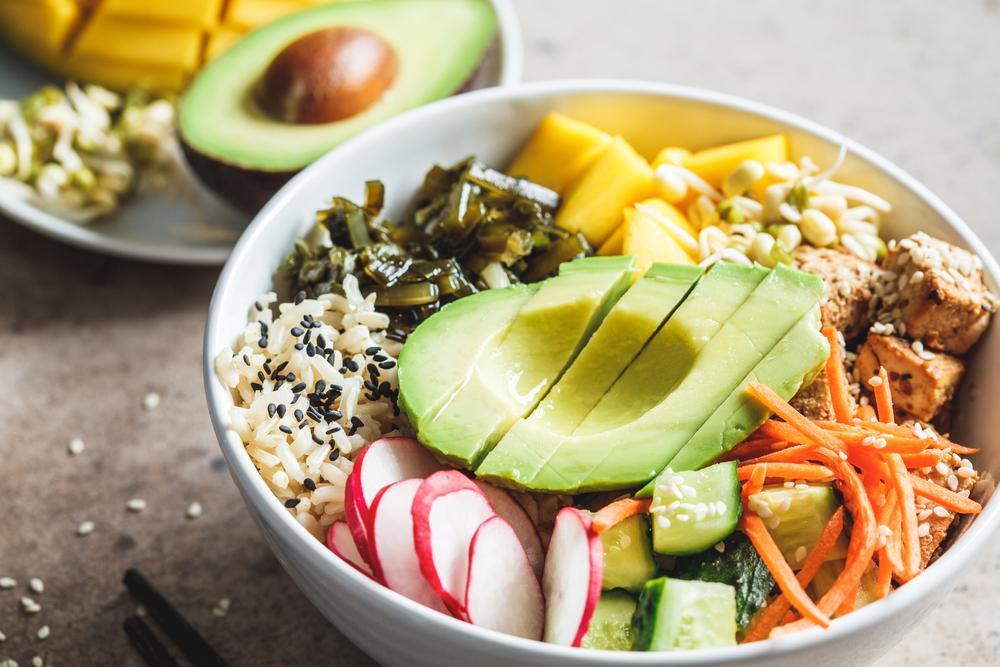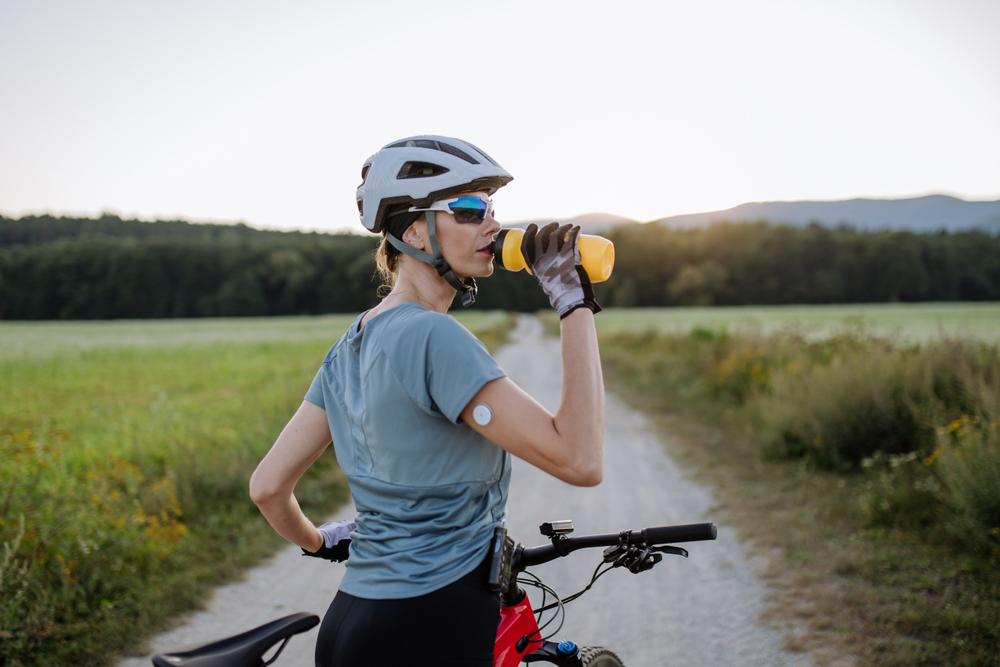Traveling for tournaments or competition is part of all athletes’ lives. Success in sport depends on many factors, including strength, skill, mental readiness, adequate sleep, and proper nutrition. It is important to adjust everything from eating and fueling, to training and competition. It is also essential to plan ahead for a one-time competition or an all-day event. Whether you focus on a single athletic event with minimal travel or get on a bus or plane for an out-of-state or international competition, here are some general recommendations to ensure you are ready to do well at your destination.
1. Plan ahead and get organized.
2. While traveling, don’t confuse boredom with hunger.
3. Do your research to identify shopping and eating options at your travel destination.
4. If you plan on eating out, check out local food listings, such as local harvest and Edible Communities.
5. Always carry a water bottle and stay hydrated.
*Check out these grocery list ideas for the scenarios outlined below.
All-Day Athletic Events
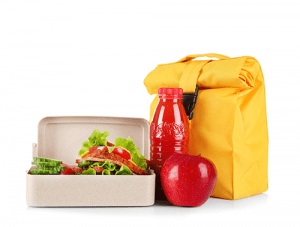 An insulated lunch box, bag, tote, or a cooler can be a great investment for athletes engaged in all-day competitive events.
An insulated lunch box, bag, tote, or a cooler can be a great investment for athletes engaged in all-day competitive events.
If you pack perishable food in an old-fashioned brown paper bag, it can quickly become unsafe to eat and you could increase your risk of a food-borne illness or upset your stomach before competition.
With an insulated lunch box and ice packs, you can maintain food at a safe temperature. On a tournament day, you can pack a lunch bag or small-sized cooler to bring with you along with your gear bag. Try a stainless-steel Bento Box or “freezable lunch bag,” a utensil set, and ice packs. If possible, make sure these are reusable, non-toxic, BPA-free, and a size that fits your gear bag.
Packing food and drink to stay fueled:
- Sport drink: Filtered water, raw local honey, sea salt, non-caffeinated herbal or fruit tea, lemon juice.
- Meat: Sliced turkey (no nitrites), lean roast beef slices (no nitrites), hard boiled eggs (local, pasture-raised), tuna packets (planet-friendly). Keep chilled!
- Vegetables: Carrot and celery sticks, cherry tomatoes, cucumber slices, snap peas, potatoes, roasted squash “moons” or cubes, roasted sweet potato cubes, lettuce (whatever is in season or locally sourced – keep chilled!). Limit veggies with long digestion time such as cabbage, broccoli, or peppers.
- Fruit: All fruits are great, but use what is in season and locally sourced. *If not in season, use dried, but watch out with dried fruit, as digestion time is longer!
- Dairy: Local yogurt, cheese cubes, cottage cheese, chocolate milk. Keep chilled!
- Grains: Granola, oats, hearty breads, bagels, dry cereals, whole grain crackers, pretzels.
- Nuts and seeds: Peanut butter packets, pumpkin seeds, sunflower seeds, trail mix, roasted spiced nuts. (Nuts and seeds are high in fat and require longer digestion time).
- Miscellaneous: Edamame, apple sauce, hummus, energy bars/bites, raw local honey sticks, avocado.
Travel By Car or Bus with Overnight Stay
 It can be challenging to maintain regular eating patterns using healthy foods during travel. However, planning for a road trip nutritionally means you become more independent and you take food for your body as seriously as your sport.
It can be challenging to maintain regular eating patterns using healthy foods during travel. However, planning for a road trip nutritionally means you become more independent and you take food for your body as seriously as your sport.
If you are traveling with the team bus, it is best if the team brings a bigger cooler that can provide snacks for everyone! With a cooler and ice packs, the team can hold perishable items for several hours. For example, yogurt, sandwiches, hummus, peanut butter, or burritos can easily be the meal choice on the road, rather than stopping for fast-food. One thought to keep in mind is that the cooler serves the team to stay fueled on the road, but the contents should be emptied by arrival or refreshed. Many hotel rooms have microwaves and refrigerators available (often without freezers), which can help to develop a small fueling operation in the hotel upon arrival. The cooler might still come in handy, but should be handled carefully. Be sure to remove perishable foods that could cause illness.
Bring meals for the road:
- Sandwiches
- Yogurts, muesli, cottage cheese
- Burritos and wraps
- Cheese cubes with crackers
- Bento boxes with goodies
- Fresh fruit and veggies
- Sport bars and drinks
- Water, milk, chocolate milk
Travel By Plane
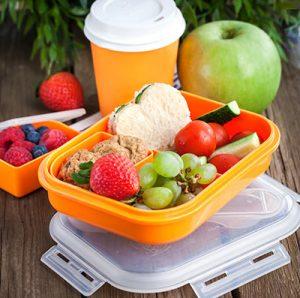 When traveling by plane domestically, it is best if athletes bring a travel pack with healthy snacks to eat on the plane. Due to restrictions with liquids and space, and the possibility of time delays, you should be cautious when carrying perishable items, such as meat sandwiches or yogurts. However, it is easy to bring healthy snacks along to avoid over-priced junk food at airports or on planes.
When traveling by plane domestically, it is best if athletes bring a travel pack with healthy snacks to eat on the plane. Due to restrictions with liquids and space, and the possibility of time delays, you should be cautious when carrying perishable items, such as meat sandwiches or yogurts. However, it is easy to bring healthy snacks along to avoid over-priced junk food at airports or on planes.
When traveling, athletes should also be prepared to carry any additional items that are needed to maintain overall health and a well-functioning digestive tract. In addition, high fiber foods and snacks can help keep regular bowel movements.
Examples include: hearty breads, crisp breads, fresh fruit, or dried fruit (especially prunes). In case of mild diarrhea, some well-known remedies include bananas or dark chocolate.
Should nausea or colds be an issue, fresh ginger can quickly be added to hot tea for a simple remedy (or bring ginger tea). For more adventurous approaches to boost your immunity, athletes can also try homemade immune shots. These tasty, spicy shots kill bacteria and kick the slightest signs of illness. But watch out — the garlic breath remains!
NON-PERISHABLES items for Travel Packs:
- Trail Mix
- Carrot Sticks
- Crackers
- Jerky
- Pretzels
- Granola
- Animal Crackers
- Honey Grahams
- Snack Bars
- PB&J or Hummus Sandwich
- Nut Butter Packs
Other items: Chewing gum to clear palate and clean teeth, ear plugs for silence or music, good book, travel journal.
Homemade Immune Shot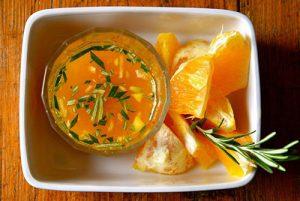
- 1 orange
- 1 thumb-size ginger
- 1 garlic clove
- 1 Tbsp local honey
- 1 tsp cayenne pepper
- 1 sprig fresh rosemary
Blend ingredients with mixer and drink throughout the day.
International Travel
For international travel, special meals can be ordered 24 hours ahead of time with the airline. Athletes should bring their water bottle to fill after passing security. In some countries, it is safer to buy bottled water at airports. It is also critical to use hand sanitizer before touching and eating food to avoid the spreading of illness while on the plane. Finally, adopting a meal, sleep, and reading/movie pattern can also help with travel-associated stress.
For international travel, teams should research food availability and water/food safety issues before making decisions on cooking or buying food at the destination. The hotel room may be equipped with snacks and fluids partially brought from abroad and purchased at your destination.
Traveling internationally can mean unfamiliar and unsafe food. Hot food is usually safer than cold or lukewarm food. Fruit may need to be peeled to avoid contamination from unsafe water.
Travel requires a good amount of dietary flexibility. But travel can also expand athletes’ cultural and culinary experiences. It is always fascinating to go to grocery stores or fresh food markets in foreign countries. Always use caution when eating food from street-based vendors. Safer places to eat are restaurants and hotels.
Travel Pack for Longer/International Travel:
- Sport nutrition products: sport bars, drink
- Powder, recovery products
- Packaged breads, crisp breads, crackers
- Honey grahams
- Instant rice, quinoa, couscous, millet
- Nut butters, powdered PB, seeds, nuts
- Dried fruit, dehydrated fruit leathers
- Fruit squeezable
- Granola, muesli mixes, oatmeal packs
- Tuna packs, jerky, soy nuts, dehydrated vegetables
- Protein, dehydrated milk
- Miso soup and other dried soup mixes
- Dried vegetables, dried mushrooms
- Dried or broth cubes, herbs and spices, salt and pepper
- From destination: fresh produce, protein options (if cooking can be accomplished), fresh fruit, cheese, yogurt, milk, olive oil

